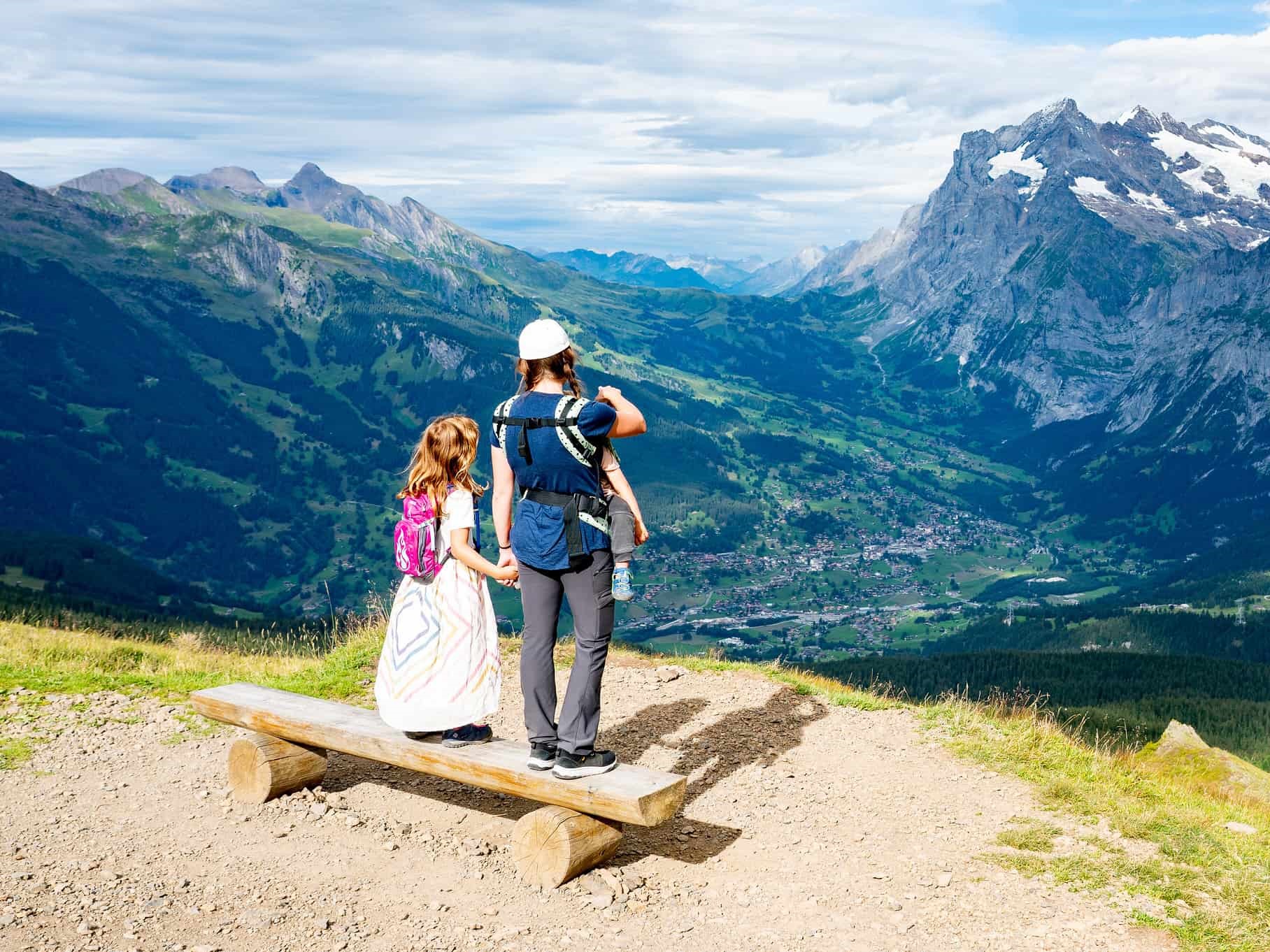Just as fun as a scavenger hunt, tracking animals brings children close to the ground to inspect nature. Not only is this an excellent way to keep them engaged in the trail, it can be a helpful skill and brings them closer to nature. Besides guessing, the iTrack Wildlife app or field guides can assist you and the kiddos in differentiating between prints.
What better way for our children to learn about the world around them? We find that in addition to tracks, children also respond well to listening to the sounds around them to identify new animals.
However, one of the dangers that everyone must take into account when hiking through nature is potential wildlife lurking among the trees. While most creatures are gentle, some animals, like wasps, bears, or snakes, can be quite dangerous, especially when startled. Here, carrying bear spray or even bug repellent can be handy at warding off nature’s predators, and children should be equally aware of that fact.

